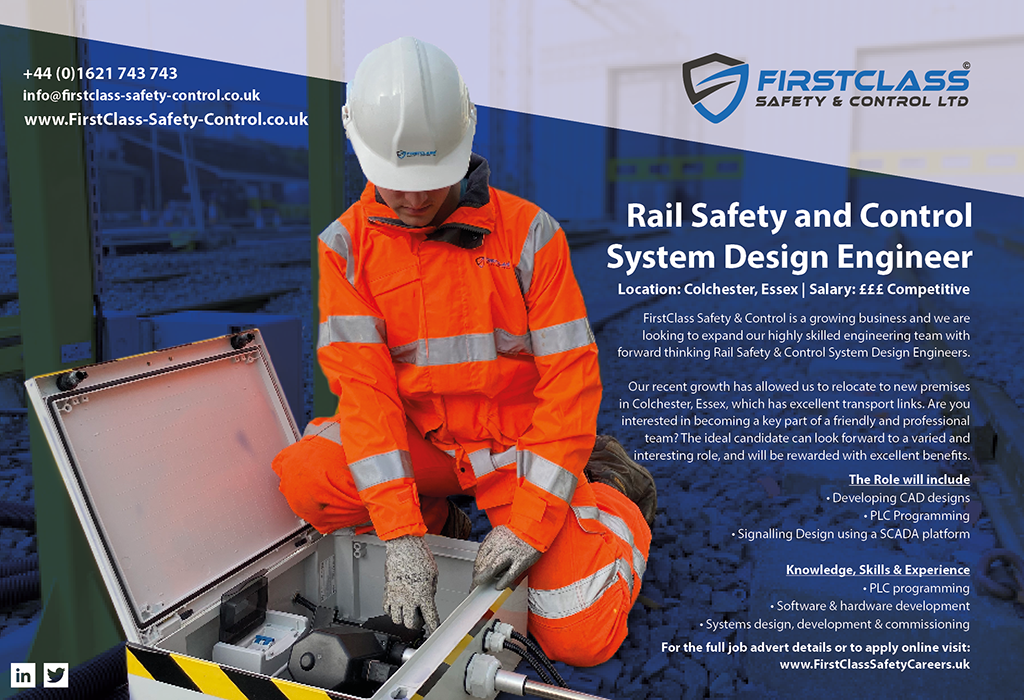Value for money and an affordable railway is the objective of many in the rail industry. Issue 184 of Rail Engineer (May/June 2020) looked at the affordability of railway electrification and, in this edition, we look at the affordability of signalling renewals and the ORR’s July 2022 update to its signalling market study’s report published in November 2021.
Signalling renewals are a major cost for Network Rail at around £200 million a year during Control Period 6. The ORR market study found that the market for major renewals is dominated by Siemens and Alstom, and the ORR has concerns over value for money together with the barriers to competition and new players being able to enter the market.
UK signalling equipment is also provided by others, including Hitachi (which owns Ansaldo and plans to buy Thales), Atkins, and, more recently, Amey using Sella Controls PLC. Therefore, railway signalling competition is actually better than, for example, the far bigger mobile phone network market which is dominated by Nokia, Huawei, and Ericsson, especially as Huawei equipment will be removed from UK 5G networks by 2027 due to security concerns. A way just needs to be found for all rail signalling suppliers to compete more equally.
The ORR’s analysis of Network Rail’s expenditure on signalling identified that average prices were lower when projects were competitively tendered, as opposed to directly awarded via framework contracts. The ORR also said that GB signalling rates have been increased over recent years and are more expensive than Europe, and therefore the ORR suggests that more competition and more viable players will reduce costs. However, Siemens, Alstom, and Hitachi (Ansaldo and Thales) supply signalling to Europe and throughout the world. Therefore, the suppliers themselves may not be the entire problem.
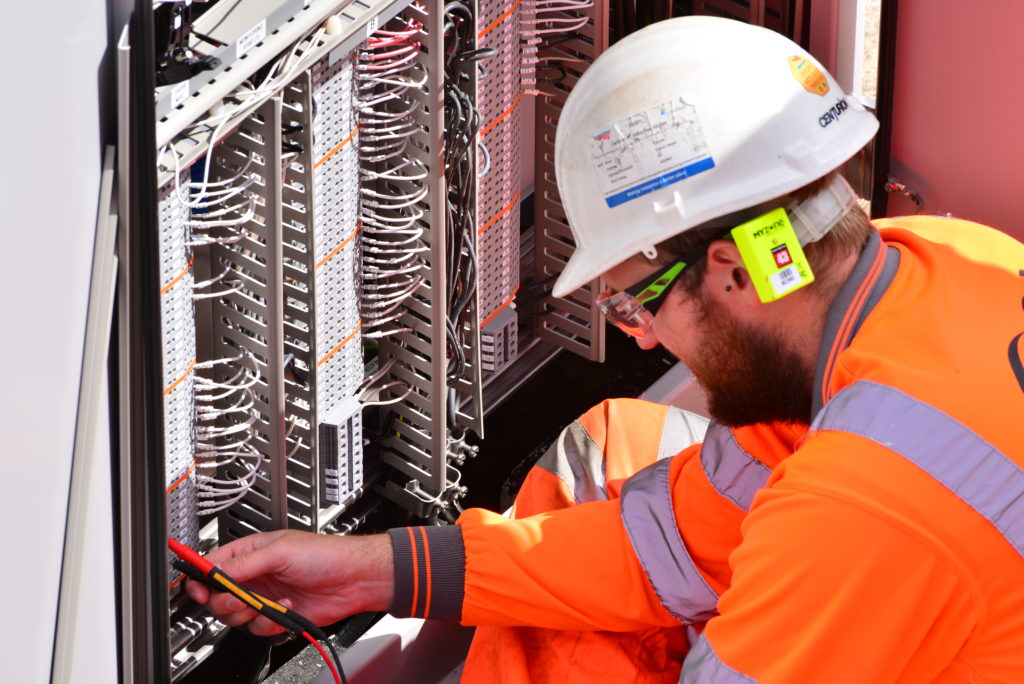
The ORR identified barriers to competition and a difference between the objectives of Network Rail’s centre (pro-competition and value for money) and the Network Rail regions (risk averse and delivery focused). The need to interface with the existing signalling technology was also identified as a significant barrier to new signalling suppliers. However, despite these concerns the ORR decided not to make a Market Investigation Reference to the Competition and Markets Authority, but to take a collaborative approach to improve the market situation with Network Rail.
Recommendations
A series of recommendations or ‘remedies’ were made, including one to reduce costs through increased competition between suppliers. The July update summarised the progress with the remedies and the ORR confirmed it is satisfied with the progress Network Rail has made.
Increased regulatory oversight
There will be increased regulatory oversight to increase transparency and Network Rail’s accountability with signalling procurement. On an annual basis, Network Rail will report to the ORR on major signalling projects, which will include the technology and the route to market (competitively tendered or framework and the number of bidders). Network Rail’s own costs will also be included.
A pro-competitive approach to procurement
Network Rail will widen the pool of suppliers and reduce its long-term dependence on the incumbent suppliers. Framework contracts will be longer and use a wider set of selection criteria, with a wider range of factors including interfacing behaviour, and will be outcome based and will not prescribe the technology of particular suppliers. Network Rail has also committed to partially reimburse development costs to suppliers.
Interfacing
This is aimed at increasing the ease of interfacing at the fringes of technology provided by different suppliers. Specific measures include open interfacing; limiting the costs when suppliers work for one another; and selection criteria to reward positive commitment to open interfacing. All future signalling contracts will require EULYNX compliance.
EULYNX is a European initiative to standardise interfaces and elements of signalling systems, by defining and standardising signalling interfaces, with the goal of significant reduction of the lifecycle costs. Standardisation of the signalling system interfaces is proving difficult, but it will also help with equipment obsolescence and not having to replace the whole signalling system. However, EULYNX will only deal with the interfacing of future systems so will not help with existing signalling systems.
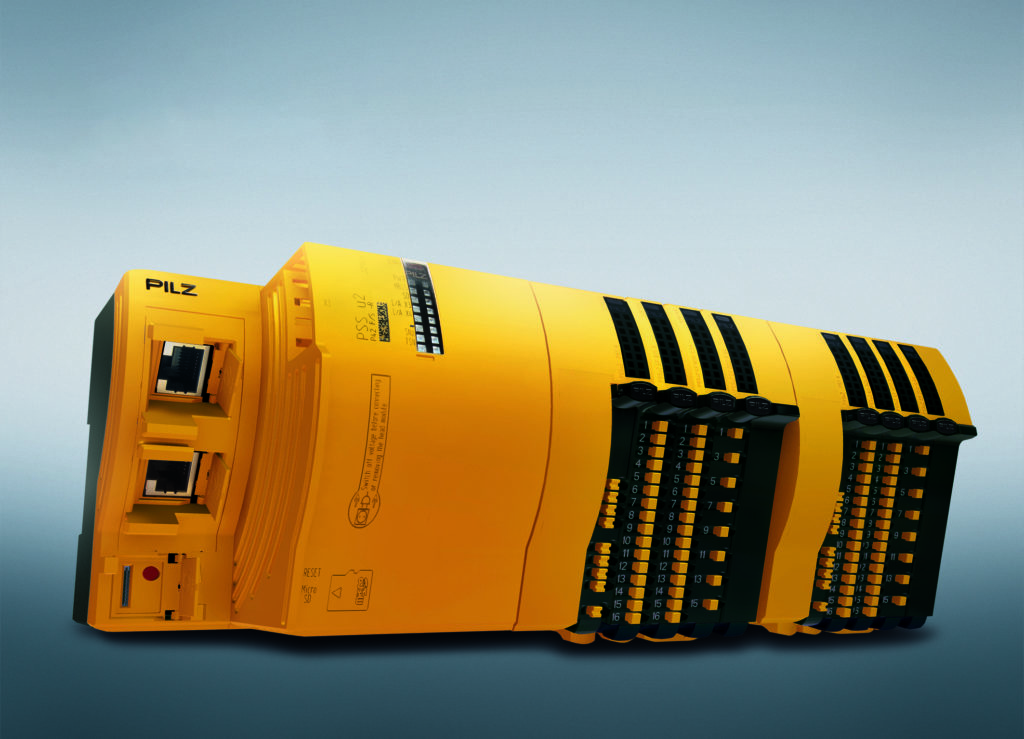
The control centre technology and predominance of a particular technology on the fringes of a scheme can influence the choice of supplier, which is why limiting the costs when suppliers work for one another implementing fringe and control centre arrangements is so important.
The mobile telecoms industry is also doing something similar to EULYNX with its Open intelligent Radio Access Network (O-RAN) initiative. A £250 million 5G Diversification Strategy, published in November 2020, sets out where the government will remove barriers for new vendors, invest in open RAN (O-RAN), and work with like-minded countries to achieve secure and resilient telecoms supply chains.
Like EULYNX, O-RAN is intended to provide flexibility and interoperability with complete openness to multi-supplier deployments. However, the European Union has published a report on security risk concerns, including a larger attack surface, increased risk of misconfiguration, and immature specifications that are not secure by design. A German Federal Office for Information Security report said the O-RAN specification provides only a few guidelines in the area of security, and that security risks can be identified in numerous interfaces and components. It said the current specification doesn’t adhere to the principle of security by default, and fails to take account of the principles of multilateral security.
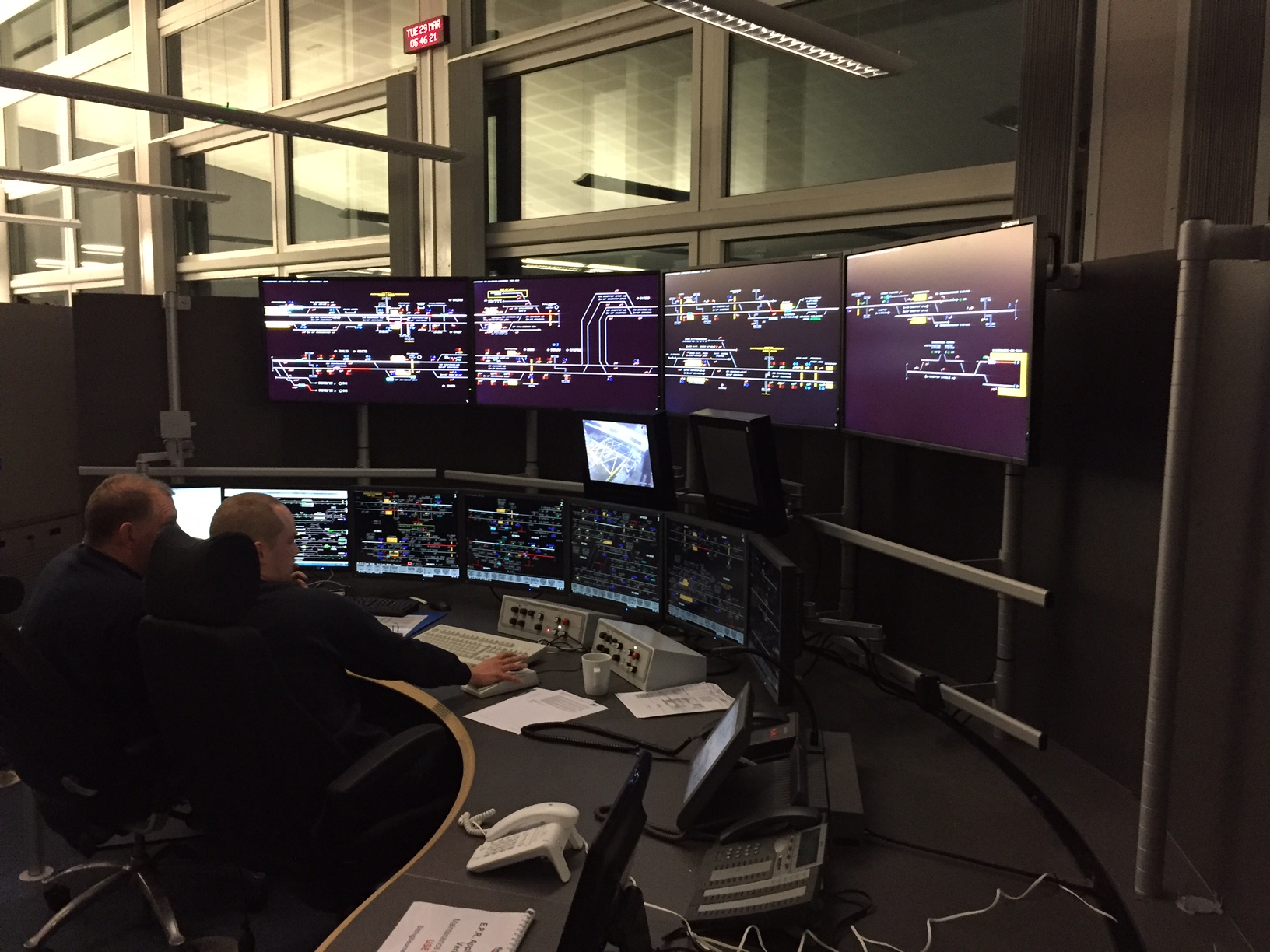
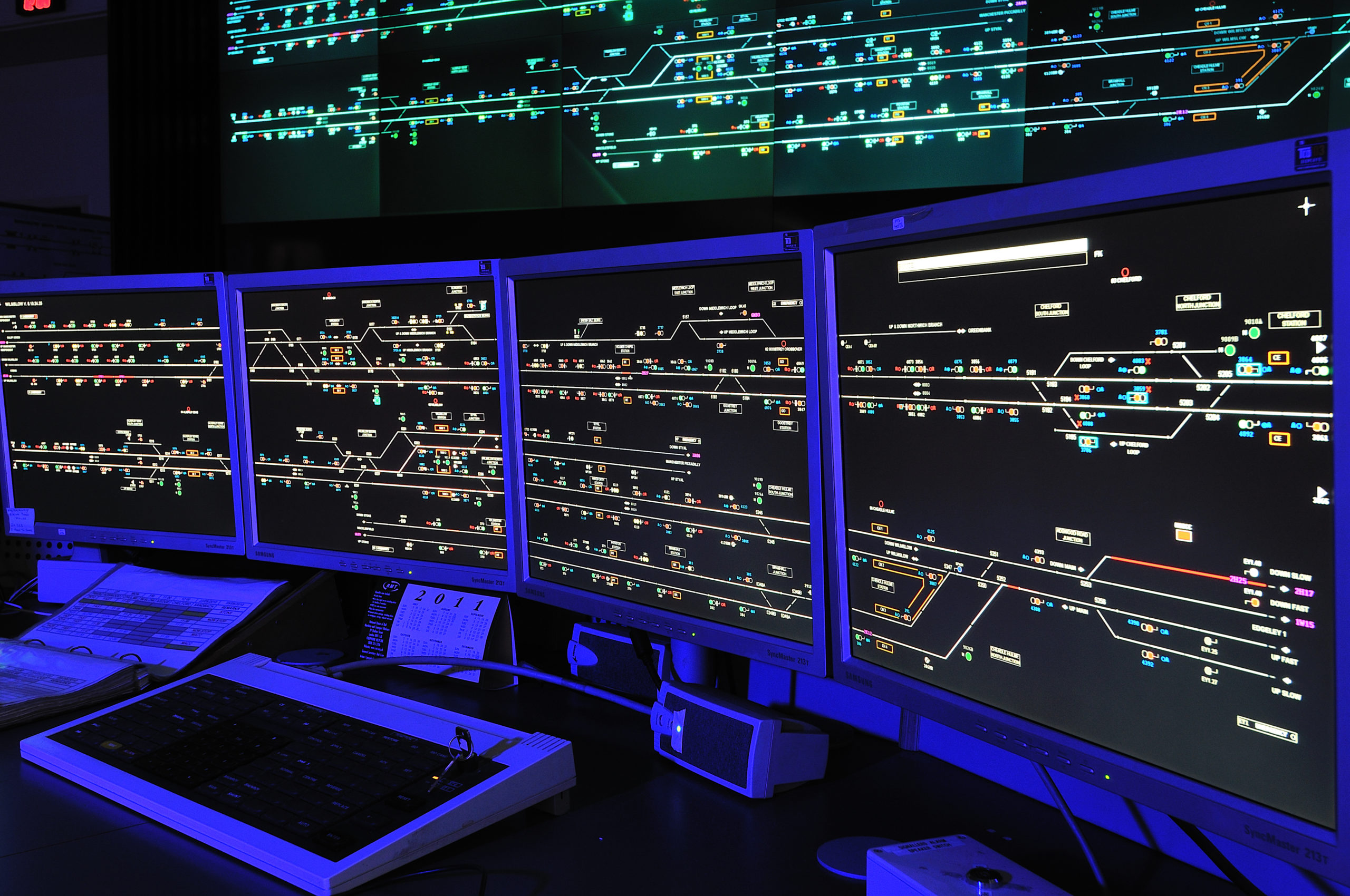
Therefore, the rail industry and the ORR need to be aware of the safety and security issues that may arise with the open interfacing of signalling and learn from other technologies, such as O-RAN with far larger R&D resources.
Balancing
ORR said Network Rail should play a more active role in the oversight of signalling procurement, and Network Rail has committed to reducing the risk to regions with the introduction of new technology. This will also include an innovation fund to assist regions with implementing new technology and limiting risks.
Funding
This consists of recommendations to all the industry, including the ORR, to highlight the importance and mitigate the persistent historical uncertainty around future re-signalling volumes, at both a total market and individual supplier levels. Network Rail has committed to strengthen the linkage between supplier tendering success and the volumes of work delivered; and encourage further innovation and reduce the dependency on supplier innovation investment by including signalling innovation in its future research and development funding.
Competition
Competition is important in driving engineering innovation and creativity at an affordable cost. Additionally, new suppliers, technology, and new ways of doing things can transform industries. However, this needs to be handled carefully to incentivise the right outcomes and provide systems that are safe, reliable and can be supported throughout their lifetime.
Attracting new suppliers and technology to the UK signalling market has been tried before with mixed results. In 2002, Siemens installed their SIMIS-W Computer Based Interlocking (CBI) in Bournemouth for the Dorset Coast resignalling. This was supplied by Siemens Germany and before Siemens bought Invensys Rail (formally Westinghouse) located in Chippenham. No other SIMIS-W systems were installed in the UK, so spares and people with the required competency to operate and maintain the system are limited. It’s understood that during recent industrial action, managers did not have the specialist competency to operate the SIMIS-W system as it’s so different to other signalling systems in the area.
In 2004, Ansaldo’s CBI interlocking was provided in the Manchester South area as part of the West Coast Main Line modernisation programme. The system was advanced compared to other signalling systems of the time with, for example, extensive remote diagnostic capabilities.

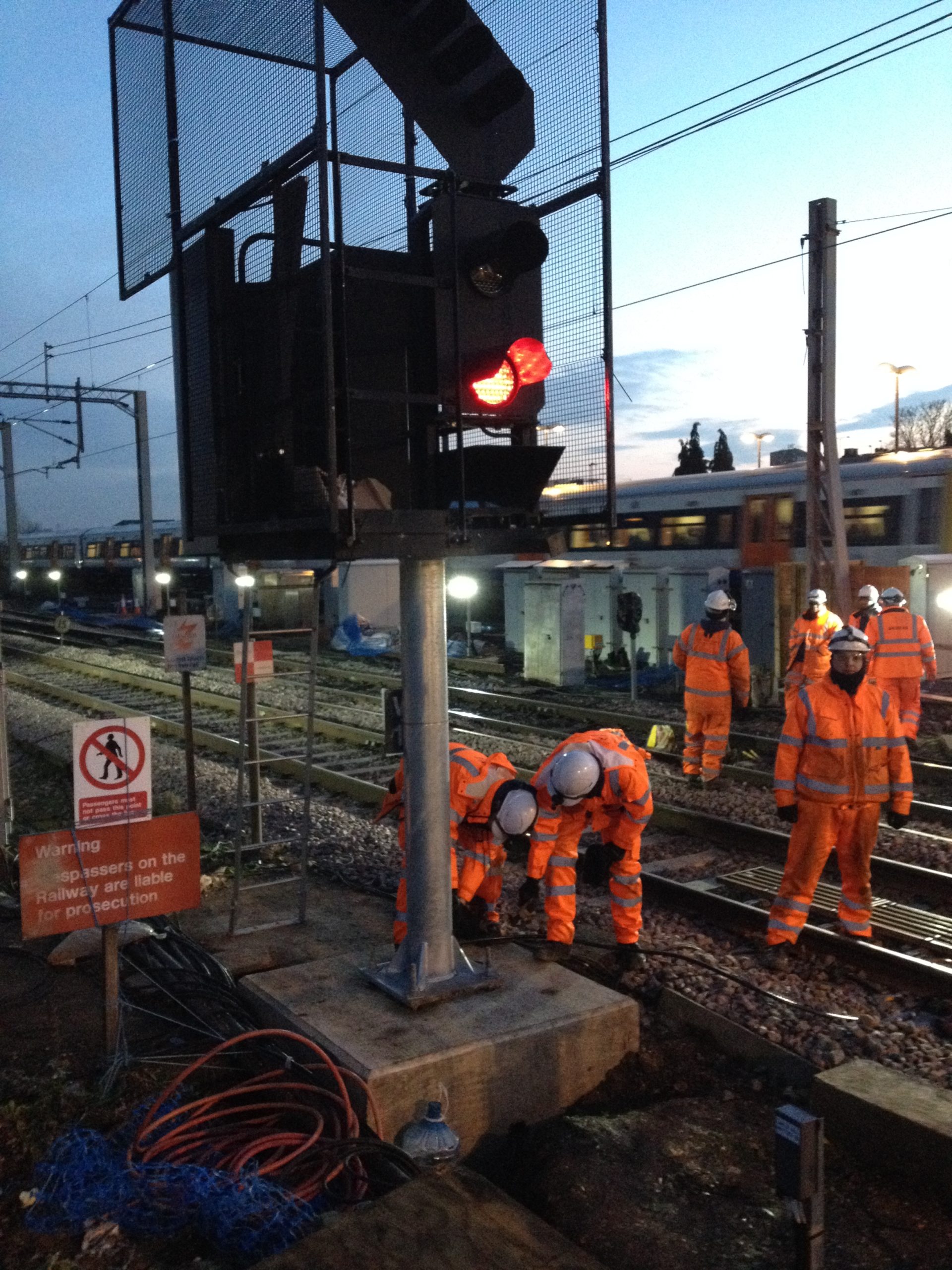
However, Ansaldo’s ACC was designed for Roma Termini with a 3kV DC traction railway, and it proved difficult to adopt the system to the UK signalling environment with 25kV AC traction and a long, thin and different type of route, without compromising the advantages and benefits of the system. The issues included:
The scope and scale of approvals activities took years, and approvals have since become even more complex: for example, with the Common Safety Method (CSM). Cross acceptance was used, but the Ansaldo system was relatively new in its home market and still undergoing changes.
The Segnale Dichroico Ottico (SDO) signal head used halogen lamps and a clever arrangement of dichroic mirrors to transmit/reflect each colour through a single aperture with no moving parts. The selection of aspect was made through a VF interface with selected frequencies driving a specific lamp. The UK use of this VF drive was a problem, given the different electric traction systems. The SDO signal also required a different lamp and voltage from its native design to comply with UK readability requirements, and proved to be unreliable.
The systems T72 point machine was designed with heaters under its contact units, but to comply with the UK ballast requirements these could not be fitted, resulting in contact failures. The T72 point machine was used on HS1, but with the heaters and is reliable.
A form of limited automatic route setting was available within the Italian application. However, it was concluded that the changes required for the UK would be far too intrusive to be viable.
Today, spares and competent people to look after the system are limited. The Manchester South system is relatively reliable, but a fault occurred two years ago that took several days to resolve and required engineers to fly in from Italy. During this time no trains could be operated between Manchester and London. Given that the system is totally different to operate than other UK signalling systems in the area there is no case to move the control of the system into the nearby Railway Operating Centre. With problems such as this it is understandable that Network Rail regions may be hesitant with taking on new technology.
Best practice
It is important that the rail industry learns and adopts best practice from other industries, but it is not always the case that things are done better elsewhere. Five years ago, on an IRSE visit to the M6 Smart motorway scheme, engineers from road and rail found they had much in common, such as dealing with poor legacy records, poor asset condition, and the need to keep road and rail moving with the minimum of traffic closure. However, when the rail engineers asked the road engineers about the Smart motorway ‘fail safe’ design to alert vehicles of a lane blockage, and what independent safety analysis had been undertaken of the design, their faces went blank. We now know the use of the hard shoulder to increase capacity for vehicles has proved controversial due to safety concerns and a number of fatal accidents.
But where could new competitors come from? As mentioned, Hitachi owns Ansaldo and plans to buy Thales, and Alstom has bought Bombardier. The telecoms industry (on government instruction) is not using Huawei due to security concerns. Any ‘new player’ would need staff with UK competencies, which they could only get by paying people more to attract them. Therefore, there could be a risk of increasing costs not reducing them.
Some of the incumbent suppliers may be international companies not based in the UK, but they have large, successful, and predominantly British supply chains, and there are large UK-based R&D teams, with at least one supplier having a major factory in the UK.
Much innovation and new ways of working have been introduced by existing UK suppliers. For example, Atkins has developed its Advanced Signalling Method (ASM) which currently uses the ElectroLoglXS interlocking. ElectroLoglXS was developed by General Electric Transportation Systems (GETS) in America, which was acquired by Alstom, who license its use to Atkins for use in Great Britain. Atkins ASM is an example of a completely new way of delivering signalling schemes using new and modern cost-effective techniques. It means standard sets of data, produced and tested by tools makes the design production and verification far easier, more repeatable, and efficient.

Rising costs
So why has the unit rate of signalling increased over the recent years and is it more expensive than in Europe? UK signalling is very safe but has become more complicated and, therefore, expensive. For example, more complicated signalling overlaps (in simple terms, the distance for a train to stop should it pass a red signal) provides increased protection and, while trackside equipment needs less maintenance, there’s more to maintain, manage, and replace. The UK interlocking data of today is more complicated than it was 30 years ago, with some systems relying on increasingly bespoke and complicated software. Mass production is therefore unlikely to happen on the scale required.
It’s not just the signalling that costs more, either. Signal structures have become bigger and are not as easy to install, so the civil and structural engineering required to support the signalling can be expensive. Sometimes when a signalling scheme takes place, years of deferred renewals of assets such as cable routes, power supplies, equipment rooms, and level crossings have to be funded by the signalling scheme. Access points and walkways to modern safety standards may also be required. Using equipment housings instead of equipment buildings is one way of removing the need for expensive civils and new power supplies. They all need designing, constructing, and maintaining, but some regions still require equipment buildings and not more cost-effective equipment cabinets. Signalling-independent safety assurance and testing processes are excellent, but not cheap, and it’s such an important area that making savings in this area is not easy.
Sometimes, re-signalling may be scheduled many years ahead, with possessions booked way in advance. Project teams and consultants can then spend a lot of time and money ‘developing’ the scheme, followed by lengthy approvals and a procurement process before the signalling supplier is appointed. This can then lead to the signalling supplier having to recruit and subcontract aspects of the scheme in a relative short period of time to meet the published timescales. All of this adds to the cost.
A key finding of the Dearman/ McNaughton National Electrification Efficiency Panel (NEEP) initiative was the avoidance of high overheads and ‘boom and bust’, and this applies equally to signalling. This is why the recommendations of ‘Increased regulatory oversight’ and ‘Funding’ are so important.
More affordable signalling
In a recent IRSE presidential address − ‘ETCS – The impact on the signal engineer’ − Council member Andy Stringer explained how European Train Control System (ETCS) Level 2, with no signals deployed, could reduce signalling costs. Complex station areas with lots of mixed stock is not easy, but could more simpler routes be fitted with ETCS and rolling stock transferred between operators to make the route all ETCS?
With ETCS Level 2, miles of expensive concrete and copper cabling, and thousands of tonnes of steel for signalling structures would not be required. Power supplies would be simpler and could consist of local battery and solar-powered axle counters linked by radio. Points could be located near to existing 415V three phase supplies or battery power. Bi-directional movements could more easily be provided, which would increase rail flexibility and service resilience. Route learning and knowledge would be easier and less of a constraint for diversions. Faster trains would also be possible as they would not be limited by fixed signal spacing, and better, safer, and more cost-effective staff protection systems would also be easier to provide.

In the past, ETCS rollout has been hampered by train fitment, but now many trains come with ETCS and other railways around the world have proved that retro fitment is possible. Andy Stringer believes simpler signalling principles are possible and more efficient, and cost-effective engineering techniques are also now available to bring costs down, for example, digital twins, formalisation of requirements processes, auto design/testing, and value-added system engineering and safety assurance processes.
One of the significant costs in implementing new signalling systems is the time required to fully test and commission. Enhanced factory testing with more sophisticated auto testing tools, including the use of ‘formal methods’, is now also possible.
In his address, Andy stressed that everyone in the rail industry − be they the regulator, infrastructure manager, maintainer, supplier, train operator, or rolling stock provider − are on the same team. The real competitors are the road and air transport industries. Rail has a fantastic advantage with the far more efficient steel wheel and rail interface. It just needs to use the right competition to make signalling more affordable.
